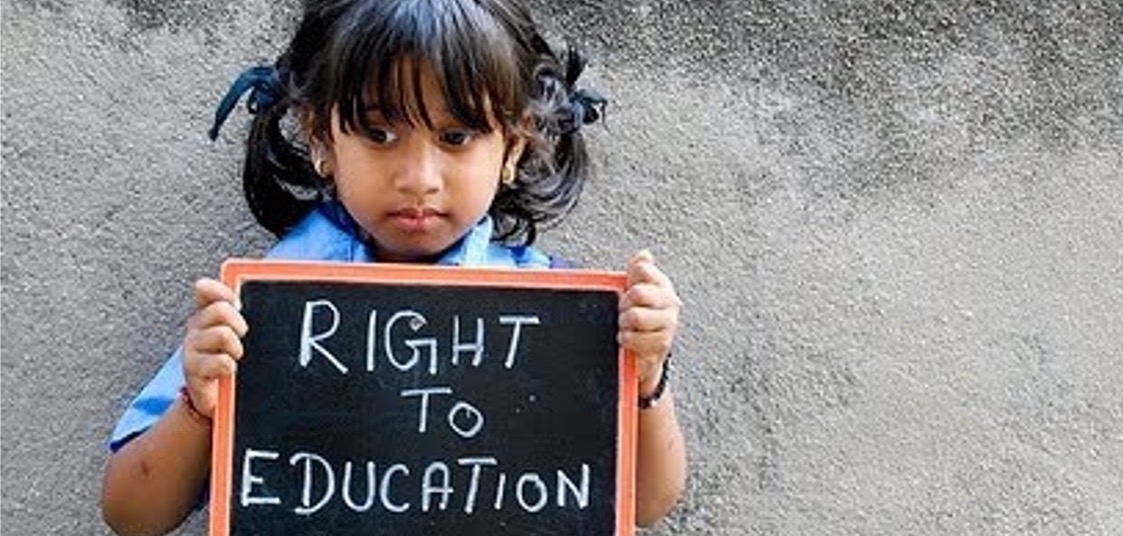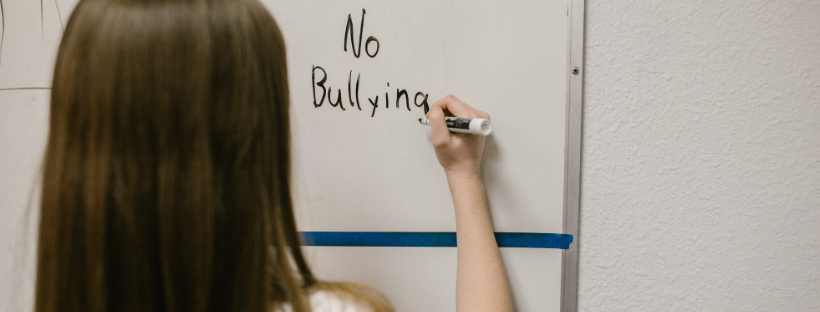Early childhood is defined as the period from birth to compulsory primary school age. It is a time of remarkable growth and important milestones in brain development. During this stage, children are highly influenced by the environment and the people that surround them. (Unesco 2020)
In early childhood, children are highly influenced by the environment and the people that surround them.

That being said, it is good to assess how the whole learning environment is set up to support children's playful learning such as:
- Educator's pedagogical skills and competencies when working with the children
- Curriculum and learning objectives for playful learning
- Action plans, syllabus, weekly and daily plans
- Lesson plans and activities
- Learning materials such as toys, building blocks, painting and writing materials, etc.
- Observations, documentation, and formative assessment of learning
- The activity areas
These should encourage and support the children to play, interact, and practice cognitive processes such as problem-solving and controlling feelings. Play motivates children, brings joy, and supports the children's well-being. It allows them to learn new skills whilst enjoying the learning.
In this blog post, we focus on the physical activity areas.
Physical activity areas
The learning environment should take the whole child into consideration - social, emotional, cultural, linguistic, physical, and cognitive side - and provide activities in all those aspects.
To do this, you can for example include activity areas that offer opportunities for both hands-on, play-based learning and developmentally appropriate instruction of academic skills. Activity areas should invite children to inquire, explore, test, discover, and engage in play and learning.
.png)
.png)

.png)

